ISO standards are built in a way that might seem repetitive, right?
As an ISO consultant, I would agree with this statement. Unfortunately, the standard likes to repeat itself a little bit and may be ambiguous at times as well. That is why when an organization comes to a point where it wants or needs to implement an ISO-based management system, the services of a consultant are acquired. However, this repetition stems from the origin of the first ISO standard. Do you know the history of ISO standards?
Despite having some sort of repetition, an ISO standard needs to be implemented in a diligent way. This ensures that the organization ends up with a management system that is not too complex and is not overly bureaucratic. Having a complicated and document-heavy management system is not very effective. Yet, it is very easy to wind up in this position if you have little to no experience in implementing an ISO standard.
But, we tend to focus a lot on the how-to of the implementation process. Although this is a critical aspect, it is important for us to understand where Iso came from. By learning its history, we can understand ISO and its dynamics further.
The History of ISO Standards – Birth of ISO
Like in many situations, when there is a problem, a solution must be found or created. In this case, ISO knows its beginning thanks to World War I and World War II.
The Problem
You see, back in World War I, the Allies faced multiple obstacles, one of them being that when they were shooting bombs at the enemy, these bombs were not always exploding. They had defects. Come World War II, the Allies now had a bigger issue. They had multiple sub-contractors who took care of the manufacturing of the bombs. However, these bombs were sometimes blowing up while in storage. As a result, the Allies were suffering because of this. They were losing resources, manpower and time.
The Solution
The solution that the Allies came up with is that the sub-contractors had to develop a management system for their operations., Each supplier drafted their operations as best as they could and they handed it to the Allies. But of course, what worked for Supplier A may not have worked for Supplier B. That meant that the Allies had to decipher the logic behind all management systems that were drawn up by the suppliers.
This led the Allies to provide some form of guidelines to the sub-contractors. The Allies advised them that this was how their management system should be, with the do’s and don’ts all lined up. This was known as the first quality management system, what is today known as ISO 9001 really.
However, interestingly enough, the first recognized ISO standard was not formed until after the war ended. On the 23rd of February 1947, the International Organization for Standardization was launched.
Yes, if you take the acronym of the name, it should technically be IOS and not ISO. I don’t know if this was due to the influence of the French or maybe because of Steve Jobs… But Apple didn’t come into creation some 30 years later.
But jokes aside, this is how ISO was born. It’s great that we have such systems in place but it’s sad that it came as a product of war.








